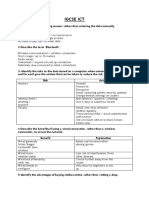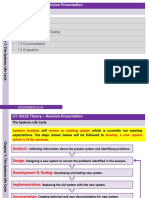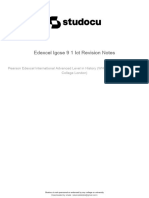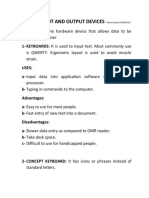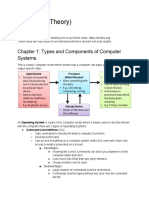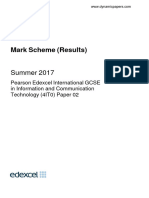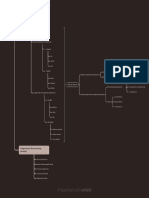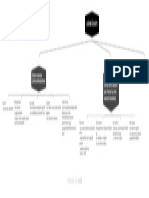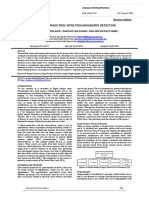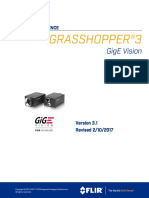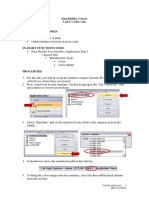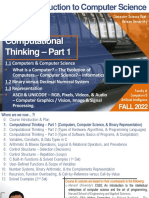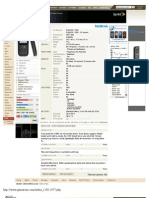78% found this document useful (9 votes)
4K views12 pagesEdexcel IGCSE ICT Chapter 1 (Digital Devices)
Notes for Chapter 1 (Digital Devices) of the Edexcel International GCSE (9-1) Information And Communication Technology.
Uploaded by
jyf97ybqxyCopyright
© © All Rights Reserved
We take content rights seriously. If you suspect this is your content, claim it here.
Available Formats
Download as PDF, TXT or read online on Scribd
78% found this document useful (9 votes)
4K views12 pagesEdexcel IGCSE ICT Chapter 1 (Digital Devices)
Notes for Chapter 1 (Digital Devices) of the Edexcel International GCSE (9-1) Information And Communication Technology.
Uploaded by
jyf97ybqxyCopyright
© © All Rights Reserved
We take content rights seriously. If you suspect this is your content, claim it here.
Available Formats
Download as PDF, TXT or read online on Scribd
/ 12





